Section 6
Hypothesis Testing: Two Samples
Book
Version 1
By Boundless
By Boundless
Boundless Statistics
Statistics
by Boundless
6 concepts
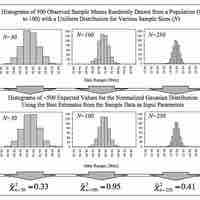
Using Two Samples
To compare two means or two proportions, one works with two groups.
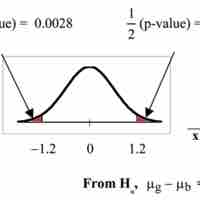
Comparing Two Independent Population Means
To compare independent samples, both populations are normally distributed with the population means and standard deviations unknown.
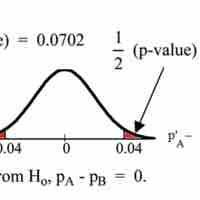
Comparing Two Independent Population Proportions
If two estimated proportions are different, it may be due to a difference in the populations or it may be due to chance.
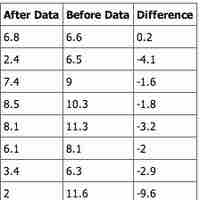
Comparing Matched or Paired Samples
In a hypothesis test for matched or paired samples, subjects are matched in pairs and differences are calculated.
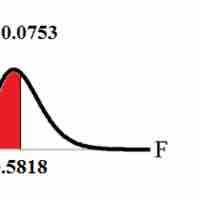
Comparing Two Population Variances
In order to compare two variances, we must use the
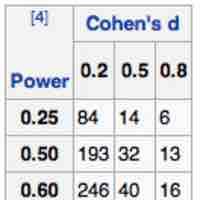
Determining Sample Size
A common problem is calculating the sample size required to yield a certain power for a test, given a predetermined type I error rate